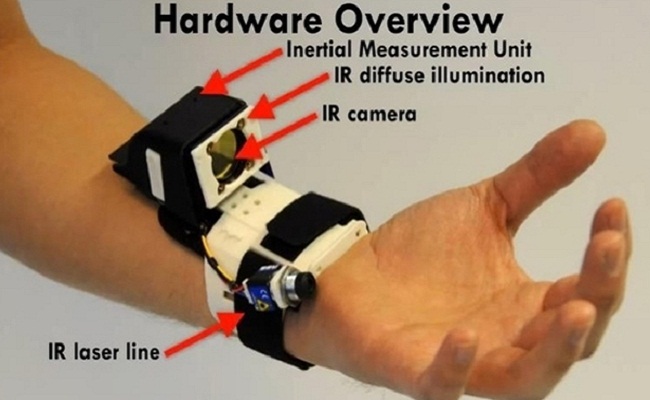In a highly amusing video released yesterday on Kotaku, the various problems plaguing Microsoft’s current Kinect technology got neatly summed up in the Kinect tutorial to the latest game in the Xbox’s ever-worsening RPG saga, Fable: The Journey.
Putting aside the fact that it’s a pretty shoddy game that’s a million miles from the charming fairy-tale RPG that was the original Fable, the strict optimal conditions for playing the game using your Kinect bordered on the comical. Here is the list of variables that the game demands you to consider:
- “Try to sit upright and
- “..keep your legs uncrossed.”
- “For best results, place your Kinect sensor in a central position, above or below your TV.”
- “You may need to sit forward in your seat if it has high arms, a low seat or a soft back.”
- “Make sure you have enough room to play.”
- “Try not to sit too close to other people or objects.”
Ideally then, you should probably play the game on a wooden stool with your legs spread and absolutely nothing within a two-metre radius of yourself. These clinical conditions hardly depict the Kinect as the future of gaming.
Yet Microsoft does have a new trick up its sleeve, in the form of Digits. This wrist-worn new technology has been built by Microsoft Research as a more refined alternative to the Kinect sensor, and is accurate to the point of tracking every individual finger movement you make. The project leader David Kim outlined the aim of Digits to New Scientist:
We had to use technologies that are small and use less power. It shouldn’t interfere with daily activity, and we wanted to enable continuous interaction.
Unlike Kinect, Digits doesn’t rely on body gestures that make you look like an air traffic controller (come to think of it, a game where’s you’re an airplane lollipop man would probably be better than most of the Kinect games currently on offer). Instead, subtle hand and finger gestures would be enough for almost all the functions that a keyboard and mouse would usually perform.
The idea behind Digits is to create ‘a symbiosis of man and machine that we haven’t seen before,’ said Thad Starner of the Georgia Institute of Technology.
Having access to data on a split-second basis makes you more powerful, more in control of your life. This is going to get us to the stage where we use systems without thinking.
Digits could prove to be a huge factor in the success of Microsoft’s next console (currently codenamed ‘Durango’). If the sensors read your finest hand movements, then the potential is there for you to pull triggers on invisible guns, strangle people in games, and even have thumb wars with in-game characters. Who knows? Maybe there are people out there who have even more imaginative ways of utilising such a technology.
One thing that’s certain is that the Kinect, for all its efforts, is a system that’s often too fussy in the physical conditions that are required to enjoy it. With Digits, the power is much more literally in your hands.
[youtube id=”Tm2IuVfNEGk” width=”600″ height=”350″]



0 Comments